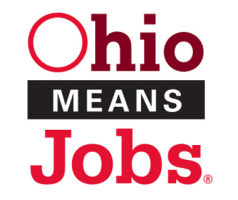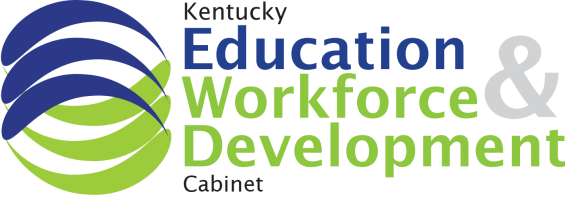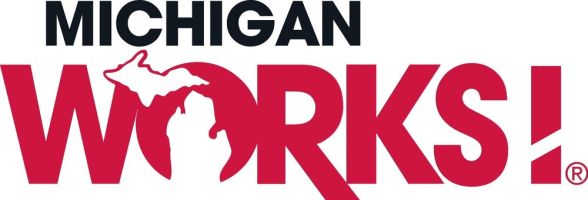
Alumni in Action: Bill Fleissner
Bill Fleissner’s job involves designing and improving processes. His responsibility requires he transform existing processes into a well-running engine — getting things done faster without sacrificing quality. His work lets him blend two of his favorite activities: analyzing business data and collaborating with people to improve business performance and improve the workplace. Here he shows how he applies Lean Six Sigma to process improvement and two of his go-to Lean Six Sigma tools, swim lane diagrams and Pareto charts.
Bill is currently responsible for a project that “has plenty of room for improvement.” The first process he is looking at is process capacity—specifically how to increase throughput and productivity without sacrificing quality.
Bill’s first step was to examine the process to determine its current maximum capacity. He used swim lane diagrams to map the process, adding detail — such as time to complete — as he went along. Bill likes how swim lane diagrams show a process’ handoff points, those places where the process outputs get tossed over the wall as inputs to another lane. These places are where a process may be slowed because of bottlenecks that arise if someone does not have what they need to move forward )resulting in the waste of Waiting).
Bill also worked with team members and customers to gather suggestions for small changes that could improve production capacity. He used his data to create a Pareto chart that showed the estimated waste in each problem area and the impact on capacity of making a proposed change. The completed Pareto chart helped him determine the order he was going to follow to fix problems. Bill is now making those changes and will continue to do so until “every ounce of delay is squeezed out of the process.”
Bill’s comfortable taking the improvements a step at a time – making incremental changes. The quick successes help get buy-in on the changes from management and team members because they see the value of the work as they go along. Once the capacity of the project’s process is maximized, Bill will see if any changes in people or resources are necessary to further improve capacity. Bill says “By order of magnitude the improvements typically come in the order of Process, Technology, and People. Sometimes there is training involved, often process training, possibly tools training, and less often tools replacement.”
Bill earned a Green Belt from a previous employer several years ago and his Black Belt from Breakthrough Performance Group while in transition. Bill recommends the LSSBB to individuals and businesses because he believes that anything that gives you a process perspective or lens is to your advantage in business. He recommends the program to people in transition because “it’s healthy and necessary to engage in learning and be in a room (or ZOOM Space) with other people, and because a LSSBB can enhance your chances of landing a job.”







